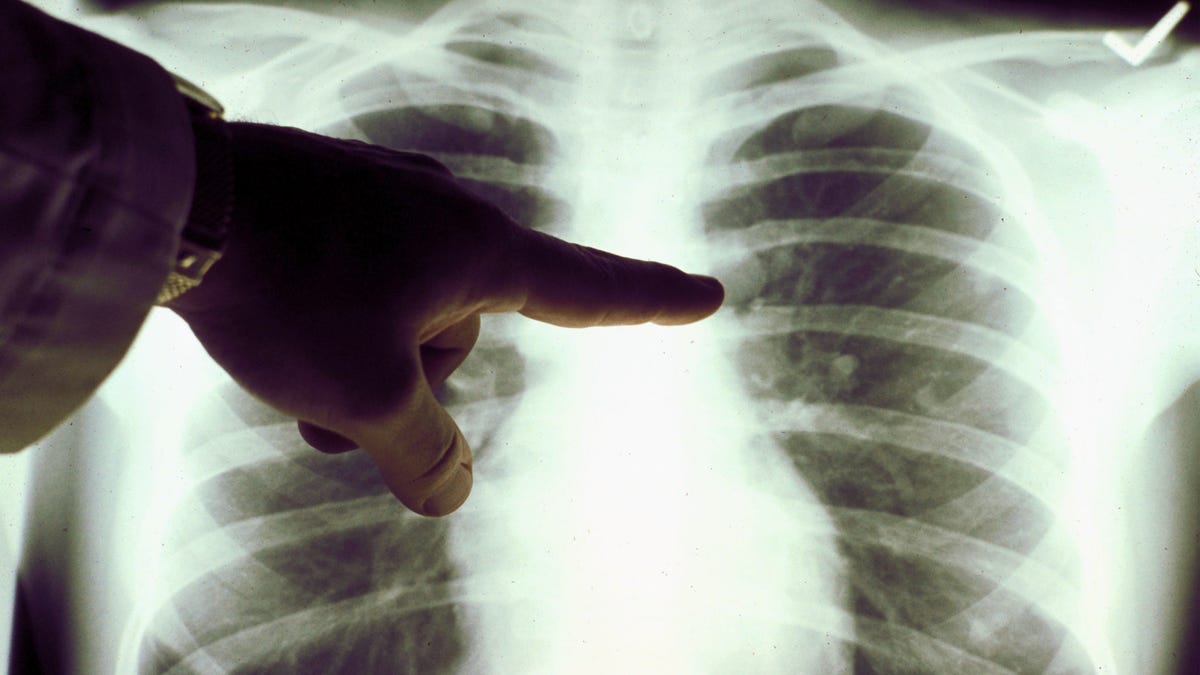

A new report released Tuesday by the American Cancer Society provides some good news: Americans who had cancer in 2018 were less likely to die than a year earlier, and continued a steady decline in cancer mortality during the last 30 years. While this trend is promising, there are still lower survival rates in different parts of the country and among black Americans. Experts are also concerned that the covid-19 pandemic will eventually erase some of that progress.
The report is the last in a long annual series directed by the American Cancer Society. It is based on data collected by the federal government and states, including information on diagnosed cancer cases. The authors then use this data to estimate next year’s cancer diagnoses and deaths. These data take time to be fully collected and analyzed, which is why the most recent report only covers up to 2018.
The total number of cancer deaths in the U.S. tends to increase slightly annually, due to the growing population. But the chances of someone dying cancer, ie the cancer mortality rate, decreased again in 2018. Compared to 2017, cancer mortality decreased by 2.4% in 2018, the second consecutive year that recorded a record decline in mortality. Since 1991, the overall cancer mortality rate has decreased by 31%, representing around 3 million deaths predicted during this time.
According to the authors, there are some reasons why this decline continues. Over the past three decades, for example, Americans have smoked less and been tested for cancer before. Improvements in treatment have also helped, especially in recent years, for a form of lung cancer known as non-small cell lung cancer. While lung cancer remains the most common cause of death, these improvements have helped reduce lung cancer mortality more than any other cancer in the past five years.
Despite the successes, however, there are still underlying disparities in cancer care. The mortality rate in some states is much higher than in others, such as Mississippi and much of the southeast, which probably reflects the lack of access to health care that many residents suffer from. And while the gap in cancer care among black and white Americans has narrowed over time, it still exists. The average five-year cancer survival rate among white Americans between 2010 and 2016 was 68%, for example, compared to 63% of black Americans. Thousands of women also die from cervical cancer annually, which can now be prevented almost entirely by screening and the HPV vaccine, although vaccination rates (around 50%) among adolescents are still very high. lower than the almost universal rates observed in other countries.
G / O Media may receive a commission
“While recent advances in the treatment of lung cancer and several other cancers are a cause for celebration, it is worrying to see the persistent racial, socioeconomic, and geographical disparities in highly preventable cancers,” said William Cance, chief physician and scientist at American Cancer Society said in a statement published with the report.
The report estimates that nearly 1.9 million new cases of cancer will be diagnosed this year and 608,570 Americans will die. However, this estimate does not take into account the covid-19 pandemic, which began in late 2019 and continues to sweep across the country and the world. Studies and experts have warned that Americans’ access to cancer care has been affected by the pandemic, reducing testing or even delay treatment. This may affect not only the cancer mortality rate in 2020, but also the coming years.
“We anticipate that disruptions in access to cancer care in 2020 will lead to further increases in advanced-stage diagnoses that may impede progress in reducing cancer mortality rates in the coming years,” he said. the lead author of the report Rebecca Siegel in the ACS statement.